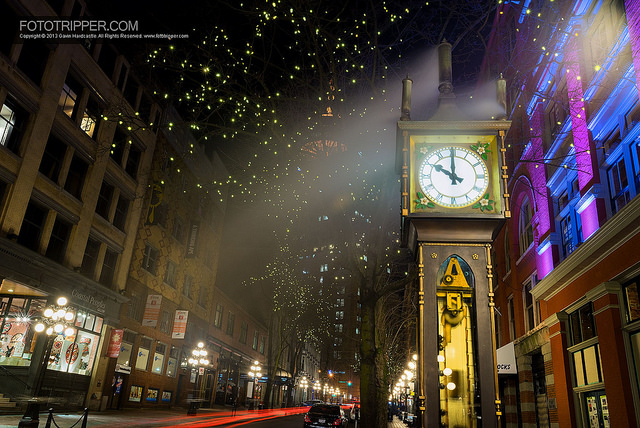
‘Condensation’ By Gavin Hardcastle – Location, Gastown, Vancouver, BC
Adapt or die. It’s the way of the world, and with the ever changing rhythms of the digital age, you’ve got to be light on your feet in order to survive. I’m no oracle, but I direct these words of warning to all software companies that have a vested interest in HDR (High Dynamic Range) processing for photography.
If you’ve seen any of my work, you’ll know that I rely on HDR photography techniques to handle the huge dynamic range in the scenes that I shoot. The thing is, ever since I started shooting with the Sony A7R, I’ve been using HDR less and less.
Better Sensors = Better Dynamic Range
The new wave of digital sensors is upon us and the Bayer sensor in the Sony A7R is by no means the best out there. If you’ve got deep pockets, you’ll get the best dynamic range out of digital camera backs from Phase One, MamiyaLeaf and Hasselblad, but it’s only a matter of time until the prosumer market catches up, like it always does.
Below, you’ll see some recent examples of high dynamic range images (not tone mapped) that I made from just one exposure with my Sony A7R. With my old Canon 5D MkII, I would have had no choice but to bracket 3 different exposures and then blend them in my HDR app of choice. These days, I only need to do that in extreme cases , such as sun star shots where there can be major lens flare. These images were processed mostly in Adobe Camera Raw with some additional colour correction on Photoshop.
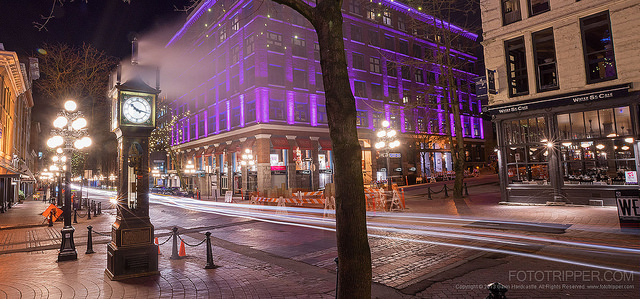
‘Cold & Steamy’ By Gavin Hardcastle – Location, Gastown, Vancouver, BC
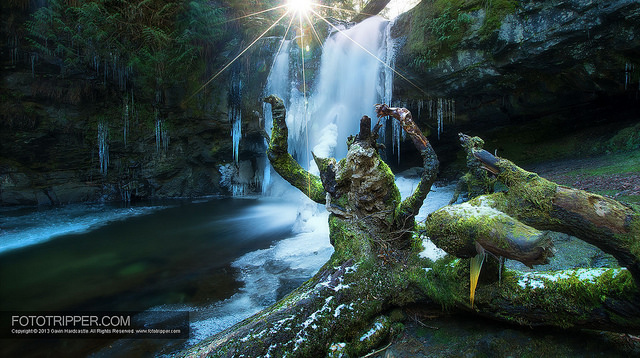
‘Stumpcicle’ By Gavin Hardcastle – Ladysmith, BC
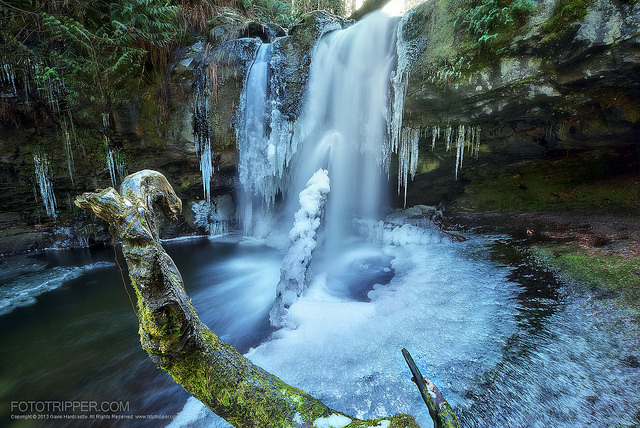
‘Stocking Freeze’ By Gavin Hardcastle – Ladysmith, BC

‘Steam Powered’ By Gavin Hardcastle – Gastown, Vancouver, BC
With the images above I basically exposed for the highlights and pulled the shadow detail back up in Adobe Camera Raw to create even dynamic range. Had I tried this with something like the 5D MkII, the noise and lack of image clarity would have made this unusable. Now I’m not comparing older camera sensors to newer ones, that’s pointless, my purpose here is to highlight how awesomely powerful the new wave of image sensors can be when it comes to dynamic range and how that’s going to affect the HDR software companies.
Imagine the freedom of knowing that you’ve nailed that epic sunset shot with just one exposure. It gives you more time to move around and try different compositions. With no need to bracket you’ll save time during a shoot, allowing you more creativity. You’ll also save on hard disk space and processing time which will speed up your workflow.
If you’re new to HDR and are not familiar with terms like ‘bracketing’, head over to my HDR Tutorial to learn how it’s done or these dPS articles:
- Five Minutes to Realistic HDR using Lightroom and a 32-Bit Plugin
- Tips for Great HDR Sunsets
- The 10 Steps Every HDR Photographer Goes Through
What’s next for HDR Software Companies?
I don’t have a crystal ball, but my advice to companies like SNS-HDR, Oloneo and Photomatix is to gear their software more towards creating RAW file presets that give HDR results from a single exposure. As sensors get better and capture more dynamic range, it’s going to become the norm for us to capture all of the dynamic range we need in just one RAW file. The magic will come from being able to process those RAW files in a beautiful way with just one click of the mouse. After all, those RAW files don’t come out of the memory card looking their best. You need to do a little tweaking to pull out those details and crank up the eye candy. That’s where I see a gap for the software companies.
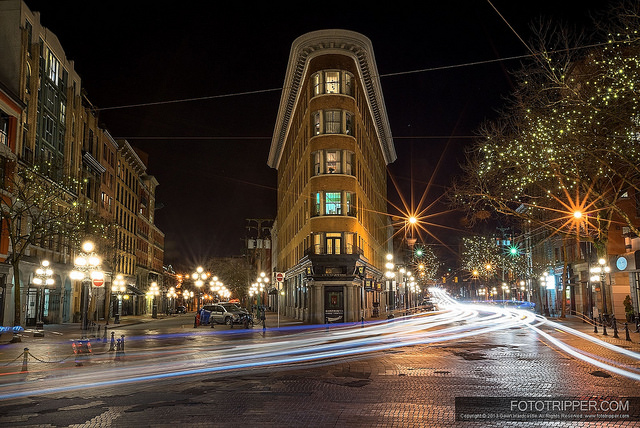
‘BBQ Corner’ By Gavin Hardcastle – Fototripper
I’ve come to love my HDR apps and accepted them as an integral part of my workflow, but what it all boils down to is that HDR processing is simply a means of overcoming the technical limitations of a digital camera sensor. When those limitations are no longer an issue, what’s the need for HDR processing?
I have great respect for the software companies that make these awesome HDR apps and I’ve happily paid for their software because they deliver great results. I’d hate for them to fall on hard times because they didn’t heed this message, so I invite them to post their comments on where they see HDR in the next few years.
The new wave of camera sensors are coming, will they be ready? Are you ready? Share your thoughts in the comments below.
The post Is the Death of HDR Photography Coming? by Gavin Hardcastle appeared first on Digital Photography School.